Hatshepsut and her mission to Puntland
After Queen Hatshepsut grabbed the throne from Tuthmosis the Third, who was still a small child not more than eleven years old, after having begun to acquire the consent of the Egyptians one by one, she had to paint her rule in religious terms, and she built her temple in Deir el-Bahari, one of the masterpieces of Egyptian architecture throughout its ages. In this temple, Hatshepsut photographed us with a text and a photograph of the mission she sent to Puntland, which is most probably on the coast of Somalia today in southeast Egypt.
This mission to Punt was not the first of its kind. The ancient Egyptian knew the country of Punt since the era of the rule of the gods, but the oldest known trip to us was undertaken by King Sahurei, “the second king of the Fifth Dynasty”. In the middle state, “Families 11 and 12”, it stopped again in the era of the second weakness and Hyksos existence in Egypt until it returned in the era of Queen Hatshepsut.
Purpose of the mission: –
In the ancient Egyptian texts on Puntland, it was called the name tꜣ nṯr, which means the land of God (and it is most likely that the novelist Ahmed Murad derived the name of his novel The Land of God from this name). It was called this name because it is the finest incense that priests used in religious rituals To disinfect goddess statues.
The purpose of the trip was to bring the products of Puntland, the most important of which (ivory, ebony, and myrrh trees that were used as incense in religious rituals, gold, and animal skins). …. And then he heard an order from the great throne, as the revelation from the God himself says that the ways of the land of Punt will be broken into …. to bring strange things from that holy land and this is for this holy queen and for my sake I am the creator of her beauty Amon Ra. “
Hatshepsut appointed to this mission a commander called “Nahsi” and was the head of the treasury, so five large sailing ships travelling with oars were launched when needed, to confront the dangers of the Red Sea in a journey that was certainly arduous, and after the ships went in the Nile then sailed in a channel that penetrates the valley of Tulaimat to cross the lakes Bitter, and from there to the Red Sea, where it docked on the coast of Punt, here we see the beginning of the inscriptions, where the ancient Egyptian depiction of the scenery of the houses in Punt, which were simple huts that climbs up with stairs and trees topped from below, there is water and set up on wooden pegs and the people of Punt showed how surprised and surprised they were to this The distance that the Egyptian soldiers travelled, so the text mentioned, “Did they descend from the paths of heaven? Or did you take refuge in the waters of that sea? Or did you follow the ways of the sun god?” Nahi and some Egyptian soldiers came down with their weapons. They presented them to the President of Puntland “Rahho” and his wife “Eti” and their children who The Egyptian mission received them, the gifts sent by Queen Hatshepsut (beads – bracelets – daggers – wooden boxes containing what pleasured and repented). A large tent was set up, and gifts and products were exchanged between the two sides, and soldiers and flesh began Egyptians ship their products with products.
The campaign, which succeeded with distinction in the ninth year of the reign of Queen Hatshepsut, came back with what had not been brought before a king and came with the campaign after the heads of Pont and presented their gifts to the queen, who in turn presented them to Amon, who accepted this from Hatshepsut, who executed his order. We see him praising it by saying, “Hello.” My beautiful girl, my beloved, you keep my heart in all times, and I have given you life and peace from me and all wellness from me and all countries to make your heart pleased with it. “

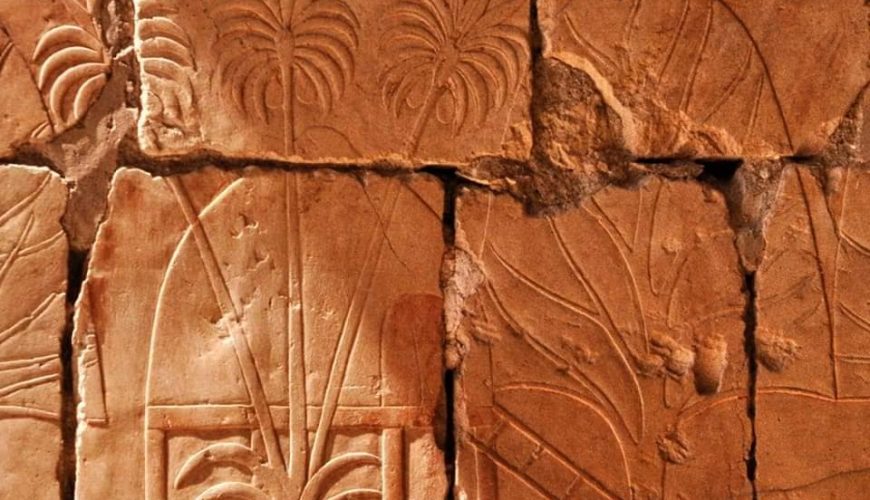
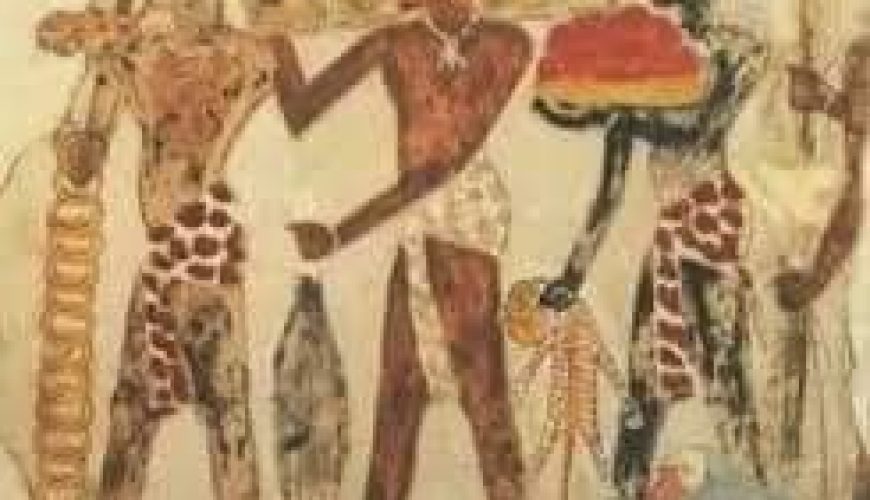
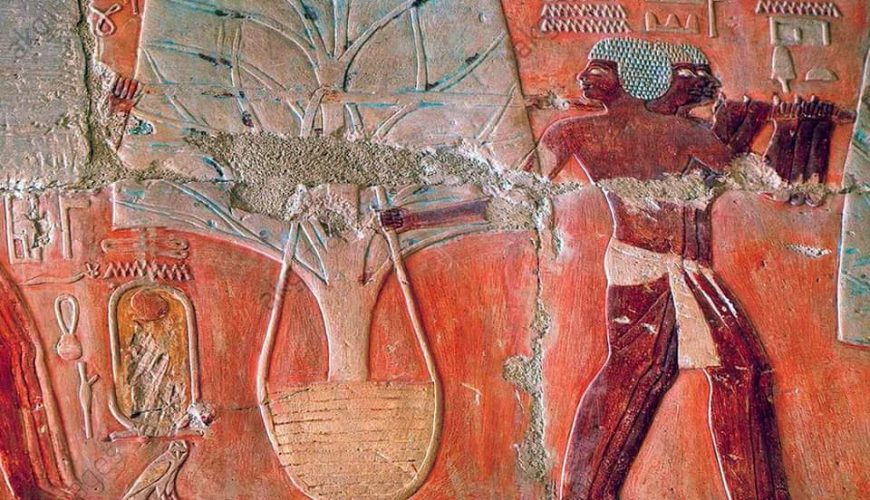
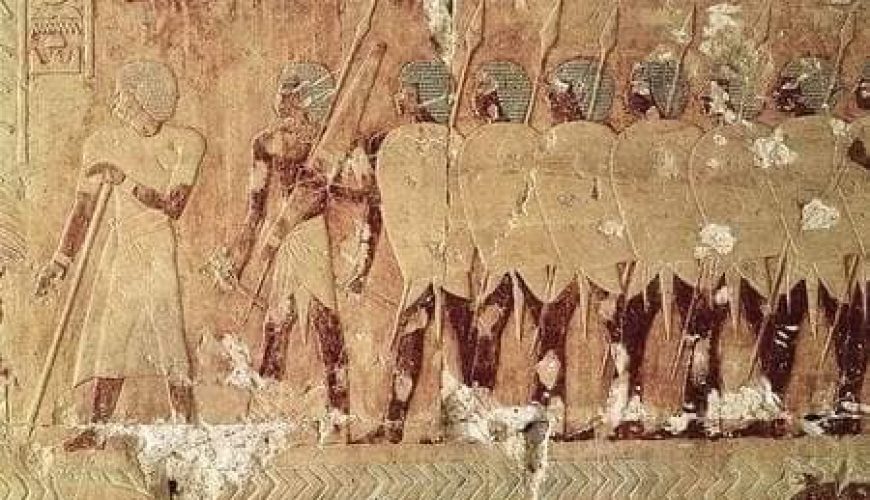
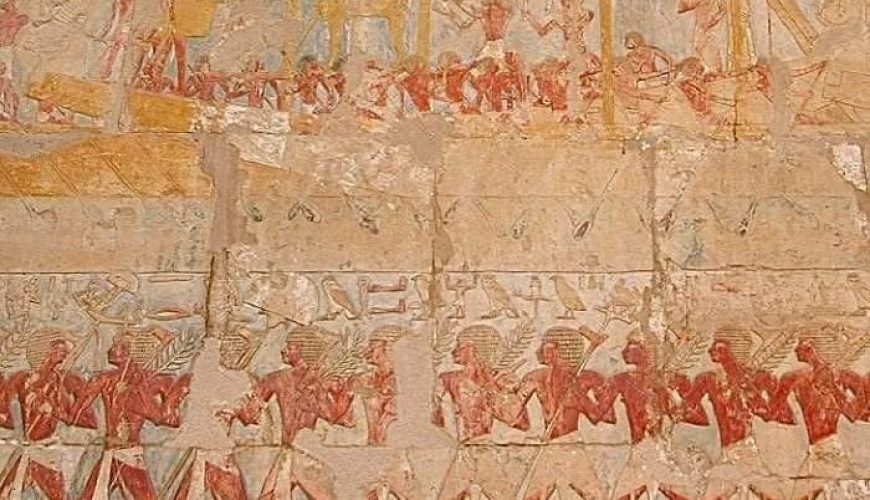
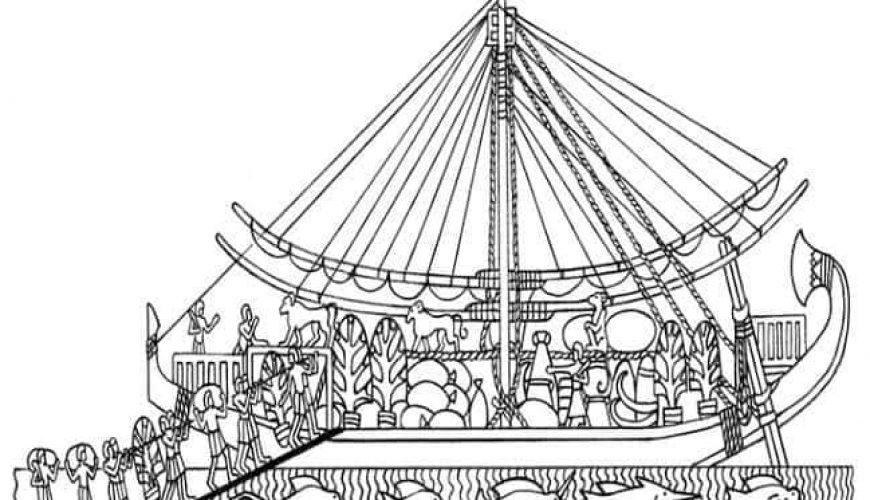
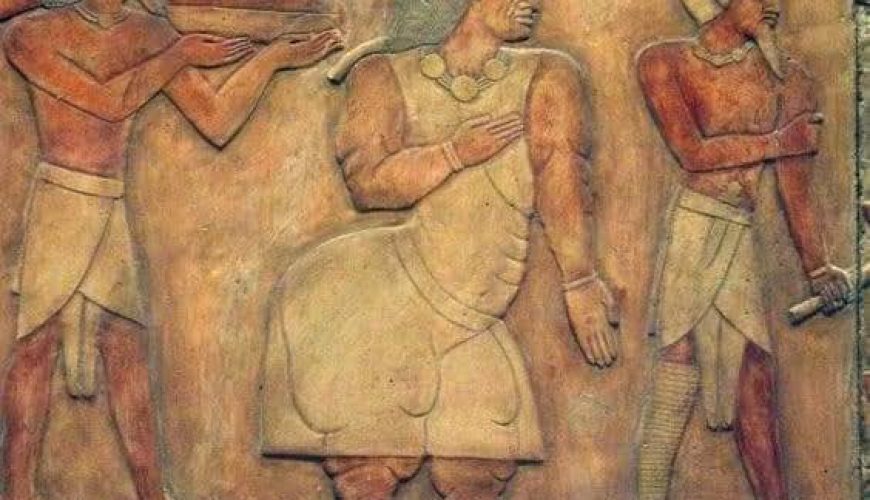
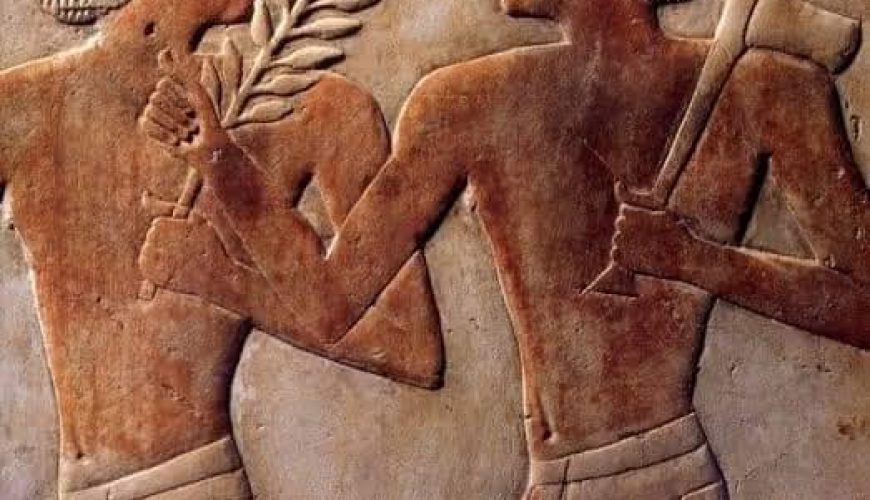
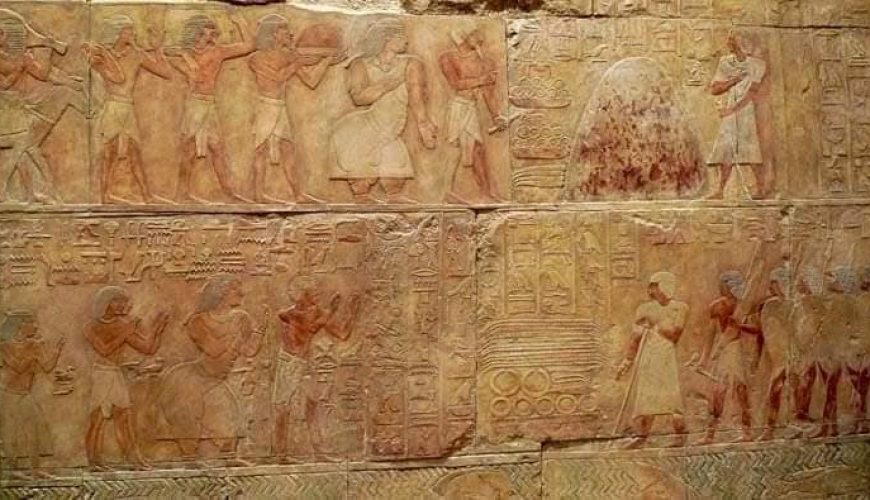
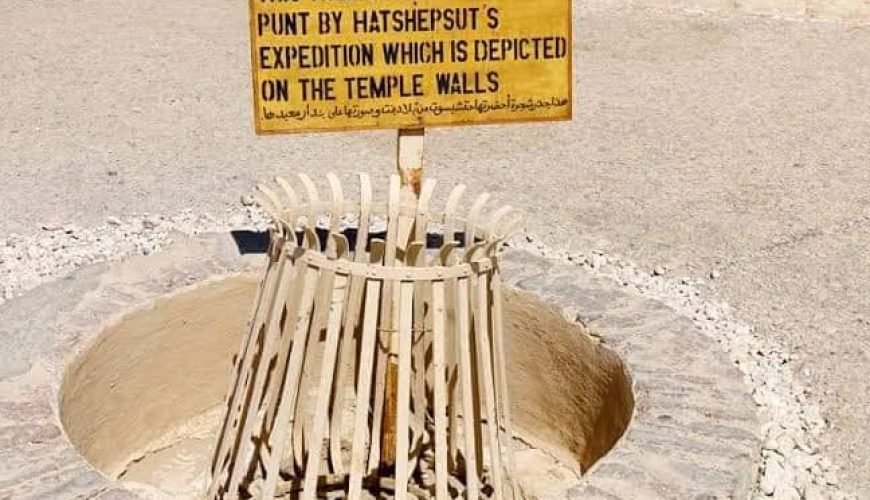
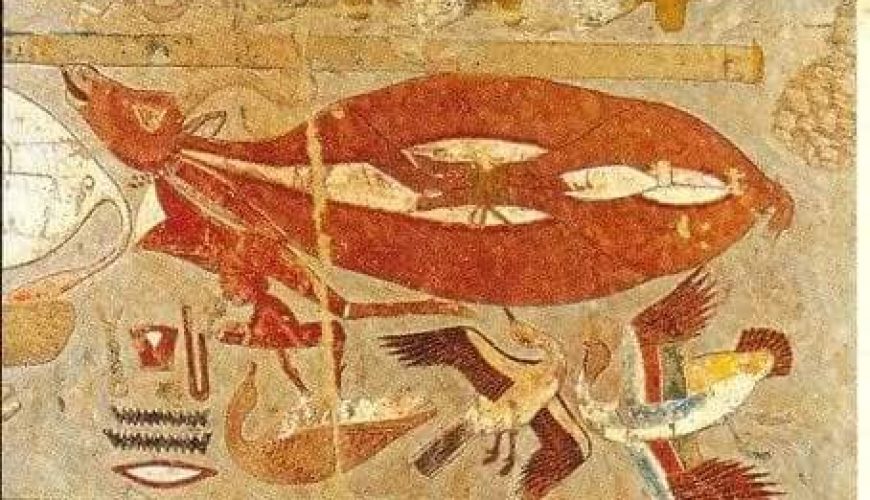
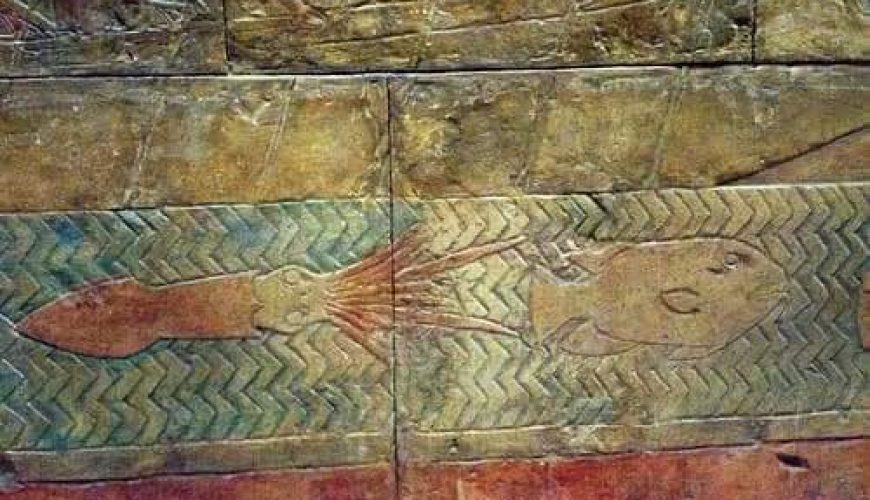
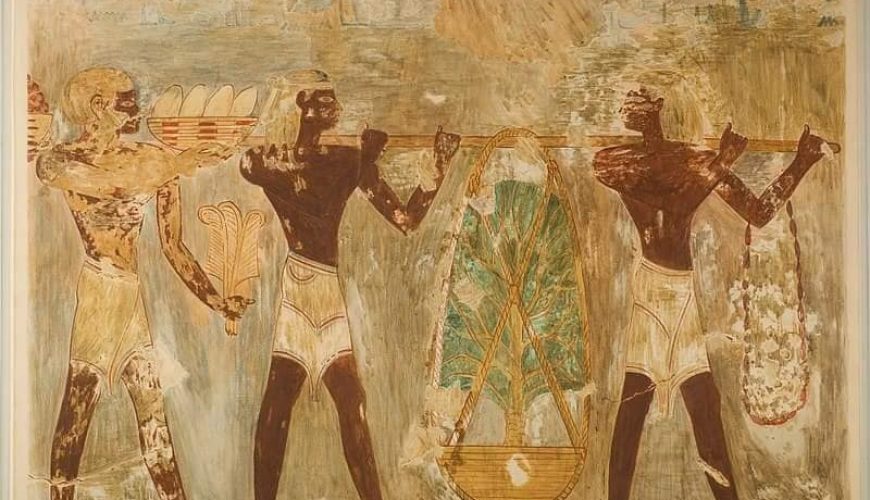
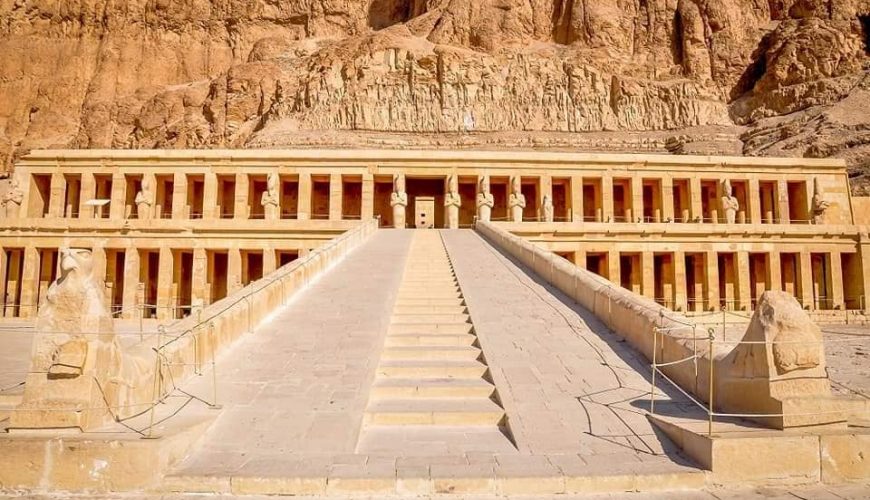
Comment (0)